As M&A activity is expected to accelerate in 2021, we also can expect to see an inevitable rise in the number of second requests – the discovery procedures that regulators use when scrutinizing M&A activity
Few legal endeavors are as complex as second requests. Responses are typically high-volume, deadline-driven projects characterized by non-negotiable, extremely tight timeframes. Many involve millions of documents requiring hundreds of reviewers to address.
Without the right technology, teams, communications, and processes, second request matters can be put at risk.
In this Law Technology Today article, Director of Client Solutions Daniel Bonner shares seven proven strategies that can reduce the challenges and headaches associated with complex second requests.


